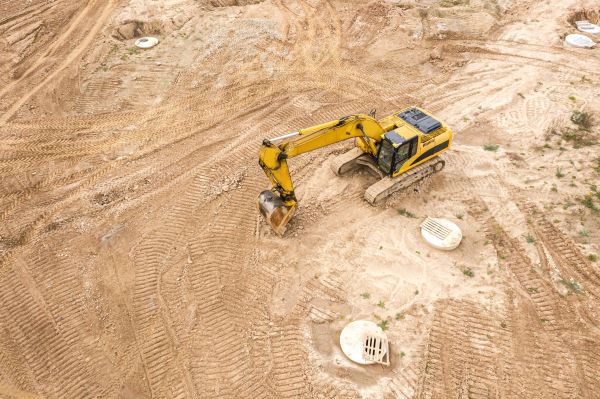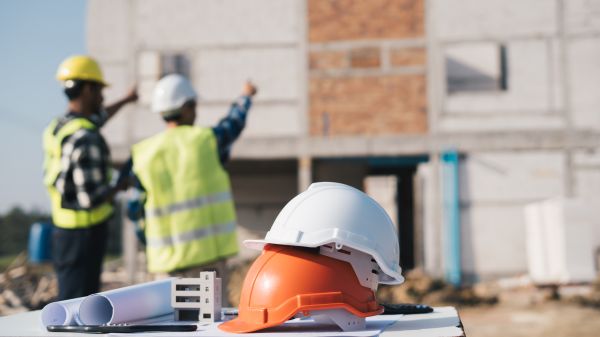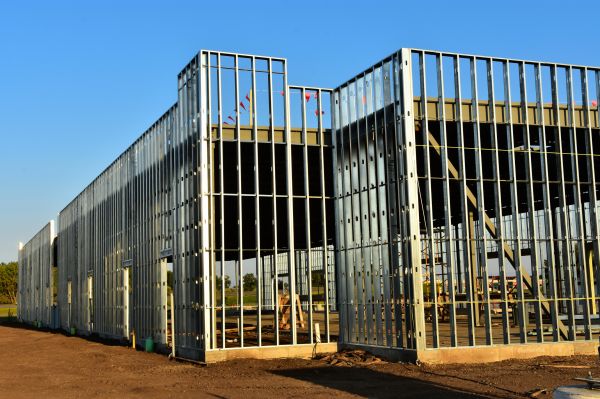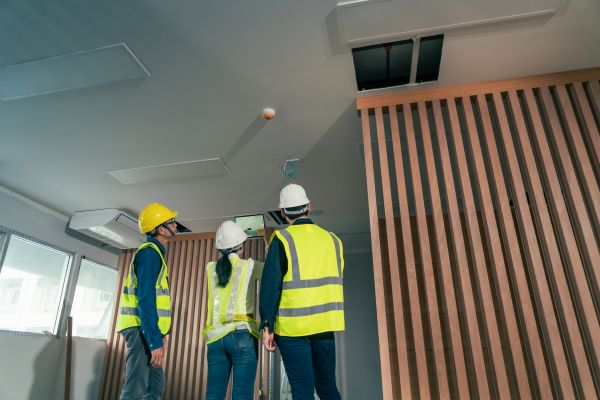Utility Building Construction Service
Affordable Utility Building Construction
Utility building construction plays a crucial role in modern infrastructure, providing essential spaces for a wide range of services and facilities. These buildings are designed to support utilities such as water treatment plants, electrical substations, and telecommunications hubs, which are vital for the functioning of communities and industries. The construction of utility buildings involves specialized knowledge and expertise to ensure they meet regulatory standards and can withstand environmental challenges. As the backbone of essential services, utility buildings contribute significantly to the safety, efficiency, and sustainability of urban and rural areas alike.
Benefits of Utility Building Construction
-
Enhanced Infrastructure Support
Utility buildings are integral in supporting critical infrastructure, ensuring that essential services such as electricity, water, and telecommunications are delivered efficiently. By constructing robust utility buildings, communities can rely on uninterrupted service delivery, which is crucial for daily operations and emergency situations.
-
Improved Safety and Compliance
Constructing utility buildings with attention to safety and compliance helps protect both the environment and the public. These buildings are often subject to stringent regulations to prevent accidents and environmental hazards. Professional construction ensures that all safety standards are met, reducing the risk of incidents.
-
Increased Operational Efficiency
A well-constructed utility building can significantly enhance the operational efficiency of the services housed within. By optimizing space and incorporating advanced technologies, these buildings facilitate smoother operations and maintenance, leading to cost savings and increased reliability.
-
Sustainability and Environmental Impact
Modern utility building construction often incorporates sustainable practices and materials to minimize environmental impact. By focusing on energy efficiency and resource conservation, these buildings contribute to a more sustainable future, aligning with global environmental goals.
FAQs About Utility Building Construction
What types of utility buildings are commonly constructed?
Utility buildings can include water treatment plants, electrical substations, telecommunications hubs, and waste management facilities, among others. Each type is designed to meet specific needs and regulatory requirements.
How long does it typically take to construct a utility building?
The construction timeline for a utility building varies depending on the size, complexity, and specific requirements of the project. However, most projects can range from several months to a few years.
What are the key considerations in utility building construction?
Key considerations include site selection, compliance with regulatory standards, safety measures, and the integration of sustainable practices. Each project is unique and requires careful planning and execution.
Are utility buildings designed to withstand natural disasters?
Yes, utility buildings are often constructed with materials and designs that help them withstand natural disasters such as earthquakes, floods, and storms. This ensures the resilience and reliability of essential services during emergencies.
Fill out the contact form to request Utility Building Construction and experience the benefits of professional construction, including enhanced infrastructure support, improved safety, increased efficiency, and sustainable practices.




